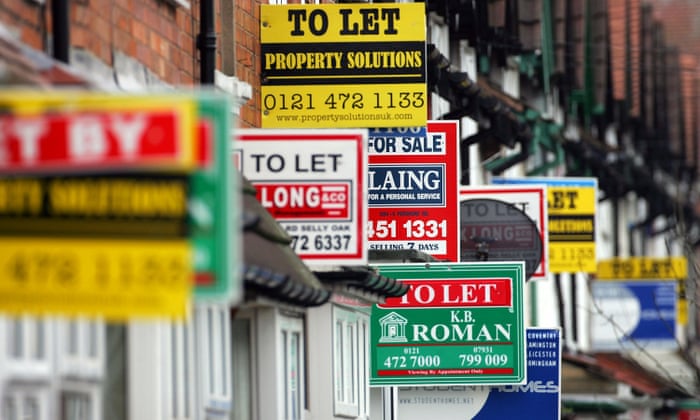House price growth came to a standstill in October, suggesting the housing market may have gone off the boil, and fuelling concerns that developers may be less willing to build much-needed homes.
The latest figures from Nationwide, the UK’s largest building society, showed that after 15 successive months of increase, prices did not move during the month, once seasonal factors were taken into account.
Without seasonal adjustments, the average price of a UK home dropped by £111 to £205,904. The annual rate of price growth dropped to 4.6% – its lowest level since January.
Since the Brexit vote in June, estate agents have reported a slowdown in the number of homes coming on to the market. This was initally matched by a fall in buyer demand, but recently there have been signs that this has started to increase.
However, despite mortgage rates being at a record low, high house prices are curbing affordability. Nationwide’s chief economist, Robert Gardner, said though house price growth had been stable over the past 18 months at about 5%, this was “well in excess of average wage growth”.
Over the past three years house prices have increased by about 20% and wages have risen by about 6%, he said. As a result, the typical house costs six times average earnings, up from 5.3 times earnings in 2013.
“Even though mortgage interest rates are close to all-time lows, the cost of servicing the typical mortgage as a share of take home pay is above its 2007 peak in London and above its long-run average in the outer metropolitan and outer south-east regions,” he said.
Hansen Lu, a property economist at Capital Economics, said there were signs the housing market was stabilising after the introduction of the higher rate of stamp duty on second homes and uncertainty after the referendum.
“A gentle recovery in demand, combined with the tight supply of homes for sale, might provide some support to prices,” he said. “But set against that, house prices are still very high compared to past norms. What’s more, the slowdown in real earnings growth, driven by rising inflation, may also act as a gentle brake on prices.”
On Tuesday, the property firm JLL said it expected house prices to rise by just 0.5% in 2017. It warned that uncertainty over the terms of Brexit would be likely to result in slower delivery of new homes, despite policies designed to encourage development.
Neil Chegwidden, director of residential research at JLL, said: “Though levels of new housing delivery were still woefully low prior to the referendum at least the direction of travel was positive and encouraging. This will now fall back again. We are predicting England starts to drop to 134,000 units next year.”
The housebuilder Persimmon said trading had been “encouraging” since the referendum and activity had risen in autumn, in line with traditional seasonal trends. Sales were up 19% on 2015, and Persimmon said it had secured £757m worth of forward sales beyond 2016, 4% higher than the same period last year.
However, the housebuilder said uncertainty after the Brexit vote had made it cautious about purchasing new land. “We will probably replace the land that we’ve utilised this year … so not quite as strong as we’ve done in the last few years, where we’ve been replacing at 150-200%,” the chief executive, Jeff Fairburn, told Reuters.
IHS Markit’s latest survey of purchasing managers in the construction industry showed that activity rose in October, driven by housebuilding. However, growth in new orders fell, and the proportion of firms expecting activity to increase over the next 12 months dropped to its second lowest level since May 2013.
At the top end of the housing market, there has been a sharp fall in activity, with Brexit uncertainty combining with changes to stamp duty to deter buyers in the most expensive parts of the country.
Strutt & Parker estate agency said the number of sales of homes in prime central London had almost halved in the third quarter of the year compared with the same period of 2015. It said between July and September just 384 properties had changed hands in the capital’s most expensive neighbourhoods, down from 720 a year earlier.
Charlie Willis, head of London residential at Strutt & Parker, said the low number of transactions was “indicative of a market where only properties at realistic prices with motivated sellers are completing”. He said sales were happening “where sellers have been realistic and adjusted asking prices according to market sentiment”.


